Intel CPUs have been splitting stores into store-address and store-data since the first P6-family microarchitecture, Pentium Pro.
But store-address and store-data uops can micro-fuse into one fused-domain uop. On Sandy/IvyBridge, indexed addressing modes are un-laminated as described in Intel's optimization manual. But Haswell and later can keep them micro-fused even in the ROB, so they aren't un-laminated. See Micro fusion and addressing modes. (Intel doesn't mention this, and Agner Fog hasn't had time to test extensively for Haswell/Skylake so his usually-good microarch PDF doesn't even mention un-lamination at all. But you should still definitely read it to learn more about how uops work and how instructions are decoded and go through the pipeline. See also other x86 performance links in the x86 tag wiki)
Considering that Skylake can perform #1 3x per clock cycle, but can only perform #2 once per clock cycle
Ports 2 and 3 can also run load uops on their AGUs, leaving the load-data part of the port unused that cycle. Port7 only has a dedicated store-AGU for simple addressing modes.
Store addressing modes with an index register can't use port 7, only p2/p3. But if you do use "simple" addressing modes for stores, the peak throughput is 2 loads + 1 store per clock.
On Nehalem and earlier (P6 family), p2 was the only load port, p3 was the store-address port, and p4 was store-data.
On IvyBridge/Sandybridge, there weren't separate ports for store-address uops, they always just ran on the AGU (Address Generation Unit) in the load ports (p23). With 256b loads / stores, the AGU was only needed every other cycle (256b load or store uops occupy the load or store-data ports for 2 cycles, but the load ports can accept a store-address uop during that 2nd cycle). So 2 load / 1 store per clock was in theory sustainable on Sandybridge, but only if most of it was with AVX 256-bit vector loads / stores running as two 128-bit halves.
Haswell added the dedicated store-AGU on port7 and widened the load/store execution units to 256b, because there aren't spare cycles when the load ports don't need their AGUs if there's a steady supply of loads.
A store-address uop writes the address (and width, I guess) into the store buffer (aka Memory Order Buffer in Intel's terminology). Having this happen separately, and possibly before the data to be stored is even ready lets later loads (in program order) detect whether they overlap the store or not.
Out-of-order execution of loads when there are pending stores with unknown address is problematic: a wrong guess means having to roll back the pipeline. (I think the machine_clears.memory_ordering perf counter event includes this. It is possible to get non-zero counts for this from single-threaded code, but I forget if I had definite evidence that Skylake sometimes speculatively guesses that loads don't overlap unknown-address stores).
As David Kanter points out in his Haswell microarch writeup, a load uop also needs to probe the store buffer to check for forwarding / conflicts, so an execution unit that only runs store-address uops is cheaper to build.
Anyway, I'm not sure what the performance implications would be if Intel redesigned things so port7 had a full AGU that could handle indexed addressing modes, too, and made store-address uops only run on p7, not p2/p3.
That would stop store-address uops from "stealing" p23, which does happen and which reduces max sustained L1D bandwidth from 96 bytes / cycle (2 load + 1 store of 32-byte YMM vectors) down to ~81 bytes / cycle for Skylake according to a table in Intel's optimization manual. But under the right circumstances, Skylake can sustain 2 loads + 1 store per clock of 4-byte operands, so maybe that 81-byte / cycle number is limited by some other microarchitectural limit. The peak is 96B/clock, but apparently that can't happen back-to-back indefinitely.
One downside to stopping store-address uops from running on p23 is that it would take longer for store addresses to be known, maybe delaying loads more.
I can't understand when store-forwarding on the data (aka: STD / Port 4) would ever be done.
A store/reload can have the load take the data from the store buffer, instead of waiting for it to commit to L1D and reading it from there.
Store/reload can happen when a function spills some registers before calling a function, of as part of passing args on the stack (especially with crappy stack-args calling conventions that pass all args on the stack). Or passing something by reference to a non-inline function. Or in a histogram, if the same bin is hit repeatedly, you're basically doing a memory-destination increment in a loop.
 .
.